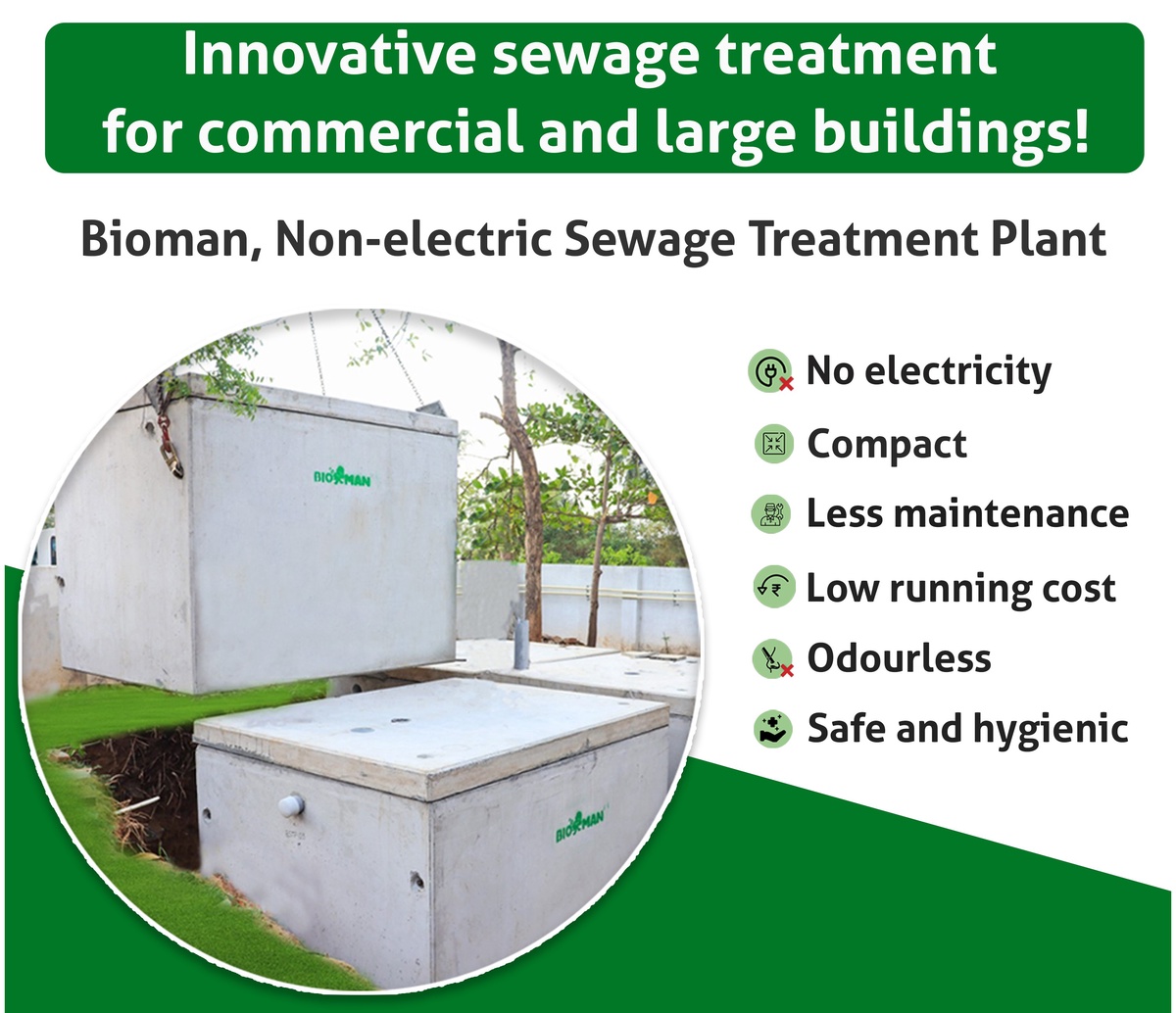In the realm of environmental sustainability, sewage waste treatment stands as a critical challenge. With the ever-growing population and urbanization, the need for effective and eco-friendly sewage treatment plants has become more pressing than ever before. In this blog post, we delve into the innovative solutions emerging to tackle sewage waste, emphasizing sustainability and efficiency.
Understanding the Challenge
Sewage, often regarded as wastewater or effluent, contains a complex mix of organic and inorganic substances, including pathogens, nutrients, and pollutants. If left untreated, sewage can pose serious health risks and environmental degradation. Traditional sewage treatment methods, while effective to some extent, often come with drawbacks such as high energy consumption, chemical usage, and limited scalability.
The Rise of Sustainable Solutions
Fortunately, the tide is turning as innovative technologies and approaches emerge to address sewage waste treatment sustainably. Here are some notable examples:
1. Nature-Inspired Treatment Systems
Drawing inspiration from natural ecosystems, nature-based sewage treatment plant systems are gaining popularity. Constructed wetlands, for instance, mimic the purification processes of natural wetlands by utilizing vegetation and microorganisms to filter out contaminants. These systems are not only effective but also low-cost and aesthetically pleasing, blending seamlessly into the surrounding landscape.
2. Anaerobic Digestion
Anaerobic digestion harnesses the power of microorganisms to break down organic matter in the absence of oxygen, producing biogas as a byproduct. This renewable energy source can be utilized to power the sewage treatment process itself, making it highly sustainable. Moreover, the resulting digestate can be used as fertilizer, closing the loop on resource utilization.
3. Membrane Bioreactors (MBRs)
MBRs combine biological treatment with membrane filtration to achieve high-quality effluent in a compact footprint. By separating solids and microorganisms from the treated water using membranes, MBRs eliminate the need for secondary clarification processes, saving space and reducing energy requirements. Additionally, the concentrated sludge produced can be further processed for energy recovery or beneficial reuse.
4. Decentralized Treatment Systems
In contrast to centralized sewage treatment plants, decentralized systems offer a more distributed approach, treating wastewater closer to the source of generation. This not only reduces the energy and resources required for conveyance but also minimizes the risk of system overloads and pollution incidents. Decentralized systems can range from simple septic tanks to advanced onsite treatment units, providing flexibility to suit various settings.
Conclusion
As the demand for sustainable sewage waste treatment grows, so does the array of innovative solutions available. By embracing nature-inspired designs, harnessing renewable energy sources, and adopting decentralized approaches, we can pave the way towards a cleaner and healthier future. It's time to rethink sewage treatment and strive towards systems that not only purify water but also contribute to environmental resilience and resource conservation. Together, we can turn sewage waste into a valuable resource while safeguarding our planet for generations to come.


No comments yet